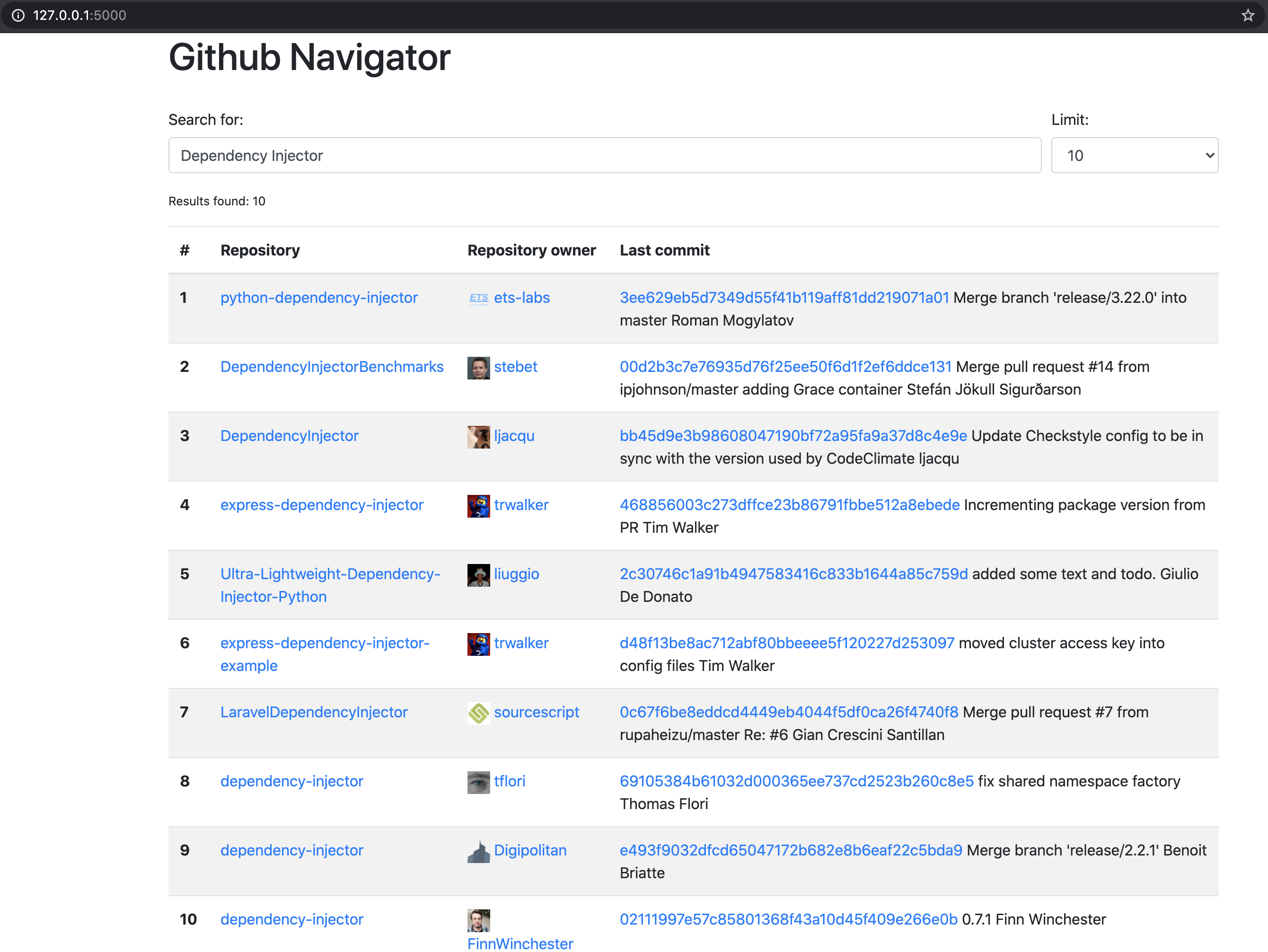
wraps ( view ) def wrapped_view ( ** kwargs ): if g. At the beginning of each request, ifĪ user is logged in their information should be loaded and madeĭef login_required ( view ). Now that the user’s id is stored in the session, it will beĪvailable on subsequent requests.

The data is stored in a cookie that is sent to theīrowser, and the browser then sends it back with subsequent requests.įlask securely signs the data so that it can’t be tampered with. When validation succeeds, the user’s id is stored in a new Session is a dict that stores data across requests.
#FLASK BLUEPRINT PASSWORD#
Password in the same way as the stored hash and securely compares Later,įetchall() will be used, which returns a listĬheck_password_hash() hashes the submitted If the query returned no results, it returns None. The user is queried first and stored in a variable for later use.įetchone() returns one row from the query. There are a few differences from the register view: clear () session = user return redirect ( url_for ( 'index' )) flash ( error ) return render_template ( 'auth/login.html' ) fetchone () if user is None : error = 'Incorrect username.' elif not check_password_hash ( user, password ): error = 'Incorrect password.' if error is None : session. execute ( 'SELECT * FROM user WHERE username = ?', ( username ,) ). form db = get_db () error = None user = db. route ( '/login', methods = ( 'GET', 'POST' )) def login (): if request. This view follows the same pattern as the register view. render_template() will render a templateĬontaining the HTML, which you’ll write in the next step of the There was a validation error, an HTML page with the registrationįorm should be shown. When the user initially navigates to auth/register, or Stores messages that can be retrieved when rendering the template. If validation fails, the error is shown to the user. redirect() generates a redirect response to the generated
#FLASK BLUEPRINT CODE#
You to change the URL later without changing all code that links to This is preferable to writing the URL directly as it allows Url_for() generates the URL for the login view based on its Since thisĪn sqlite3.IntegrityError will occur if the usernameĪlready exists, which should be shown to the user as anotherĪfter storing the user, they are redirected to the login page. Securely hash the password, and that hash is stored. Will take care of escaping the values so you are not vulnerableįor security, passwords should never be stored in the database

Query with ? placeholders for any user input, and a tuple of If validation succeeds, insert the new user data into the database. Validate that username and password are not empty. To /auth/register, it will call the register view and useĭict mapping submitted form keys and values. Here’s what the register view function is associates the URL /register IntegrityError : error = f "User is already registered." else : return redirect ( url_for ( "auth.login" )) flash ( error ) return render_template ( 'auth/register.html' )

execute ( "INSERT INTO user (username, password) VALUES (?, ?)", ( username, generate_password_hash ( password )), ) db. form db = get_db () error = None if not username : error = 'Username is required.' elif not password : error = 'Password is required.' if error is None : try : db. route ( '/register', methods = ( 'GET', 'POST' )) def register (): if request.


 0 kommentar(er)
0 kommentar(er)
